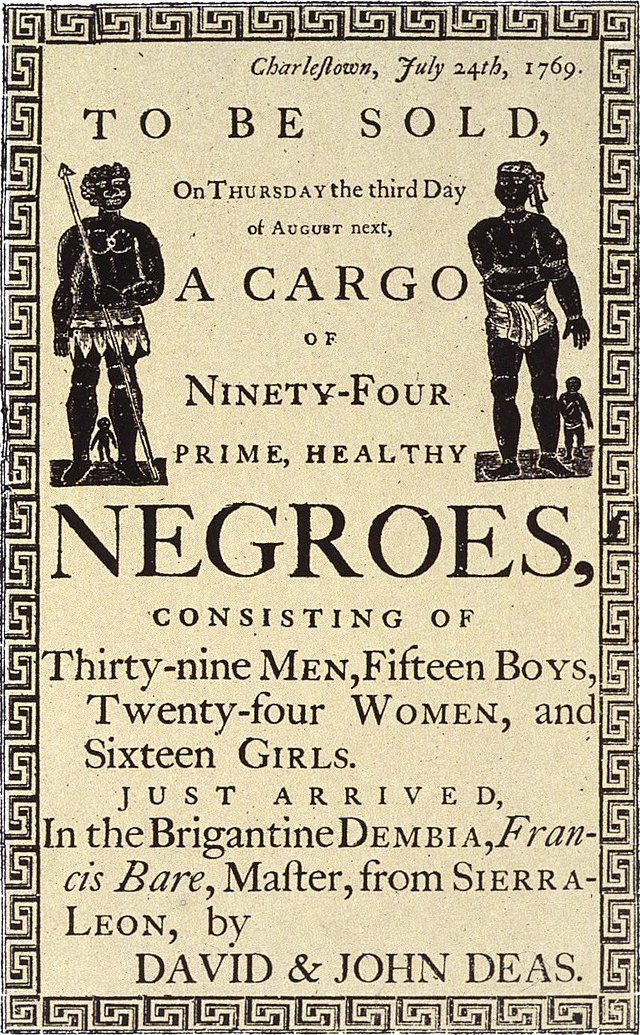Content deleted Content added
m |
|
Line 29:
{{See also|Slavery in Portugal|Slavery in Al-Andalus|Slavery in Spain|Saqaliba|Black Sea slave trade|Balkan slave trade}}
By the 15th century, slavery had existed in the [[Iberian Peninsula]] (Portugal and Spain) of Western Europe throughout recorded history. The [[Roman Empire]] had established its system of slavery in ancient times. Historian Benjamin Isaac suggests proto-racism existed in ancient times among [[Greco-Roman world|Greco-Roman people]]. Racial prejudices were based on dehumanizing the foreign peoples they conquered through warfare.<ref>{{cite journal |last1last=Isaac |first1first=Benjamin |title=Proto-Racism in Graeco-Roman Antiquity |journal=[[World Archeology]] |date=2006 |volume=38 |issue=1 |page=32, 42 |jstor=40023593?seq=11 |access-date=16 August 2024 |url=https://archive.org/details/569b-9a-1361d-9e-34093c-859718f-6ae-9f-4/mode/2up?q=proto-racism |access-date=16 August 2024}}</ref><ref>{{cite book |last=Isaac |first1=Benjamin |date=5 March 2006 |title=The Invention of Racism in Classical Antiquity |publisher=[[Princeton University Press]] |isbn=9780691125985 |pages=}}</ref>{{pn|date=August 2024}} Since the [[fall of the Western Roman Empire]], various systems of slavery continued in the successor Islamic and Christian kingdoms of the peninsula through the early modern era of the Atlantic slave trade.<ref>{{Cite book |last=Phillips |first=William D. Jr. |title=Slavery in Medieval and Early Modern Iberia |date=2013 |publisher=[[University of Pennsylvania Press]] |page=}}</ref>{{page needed|date=July 2024}}<ref>{{Cite web |date=18 October 2012 |title=Iberian Roots of the Transatlantic Slave Trade, 1440–1640 |url=https://www.gilderlehrman.org/node/324 |archive-url=https://web.archive.org/web/20160810140644/http://www.gilderlehrman.org/history-by-era/origins-slavery/essays/iberian-roots-transatlantic-slave-trade-1440%E2%80%931640 |archive-date=10 August 2016 |access-date=3 September 2020 |website=The Gilder Lehrman Institute of American History |language=en}}</ref> In 1441–1444, Portuguese traders first captured Africans on the Atlantic coast of Africa (in what is today [[Mauritania]]), taking their captives to slavery in Europe, and established a fort for the slave trade at the [[Bay of Arguin]].<ref>{{Cite book |last=Caldeira |first=Arlindo |title=Oxford Research Encyclopedia of African History |date=30 January 2024 |chapter=The Portuguese Slave Trade |chapter-url=https://oxfordre.com/africanhistory/display/10.1093/acrefore/9780190277734.001.0001/acrefore-9780190277734-e-903 |access-date=20 May 2024 |language=en |doi=10.1093/acrefore/9780190277734.013.903 |series=Oxford Reference |isbn=978-0-19-027773-4 |archive-date=11 May 2024 |archive-url=https://web.archive.org/web/20240511002522/https://oxfordre.com/africanhistory/display/10.1093/acrefore/9780190277734.001.0001/acrefore-9780190277734-e-903 |url-status=live}}</ref>
[[File:Iberian Union Empires.png|thumb|right|A map of the [[Spanish Empire]] (red) and [[Portuguese Empire]]s (blue) in the period of their personal union (1581–1640)]]
|
 Article Images
Article Images